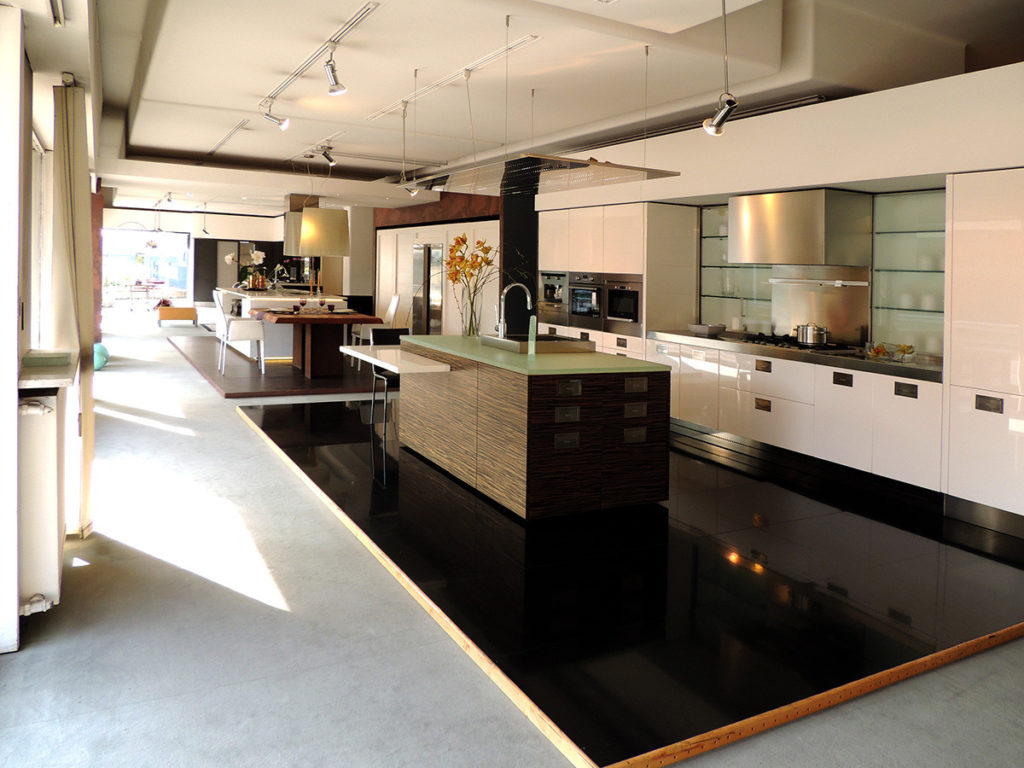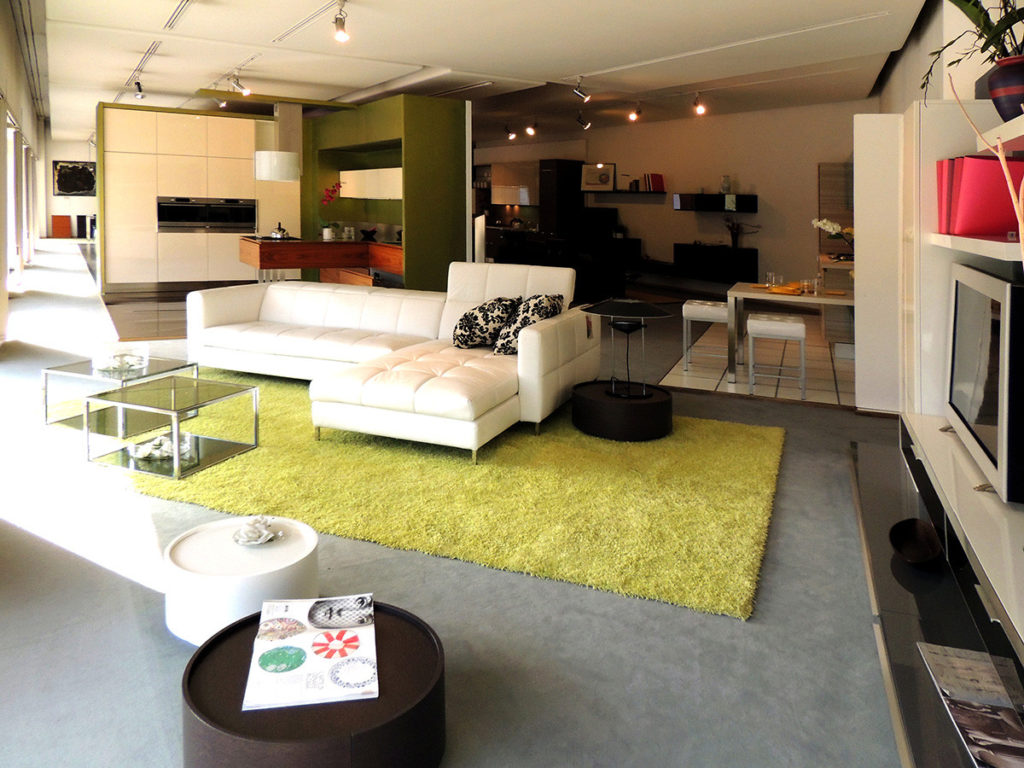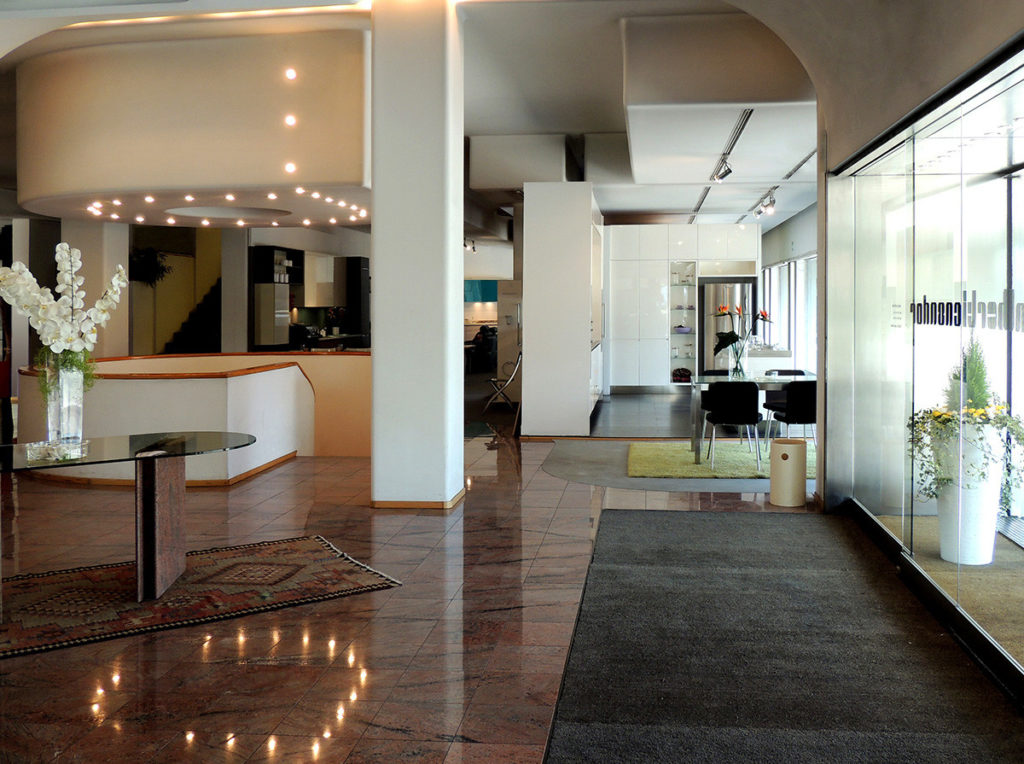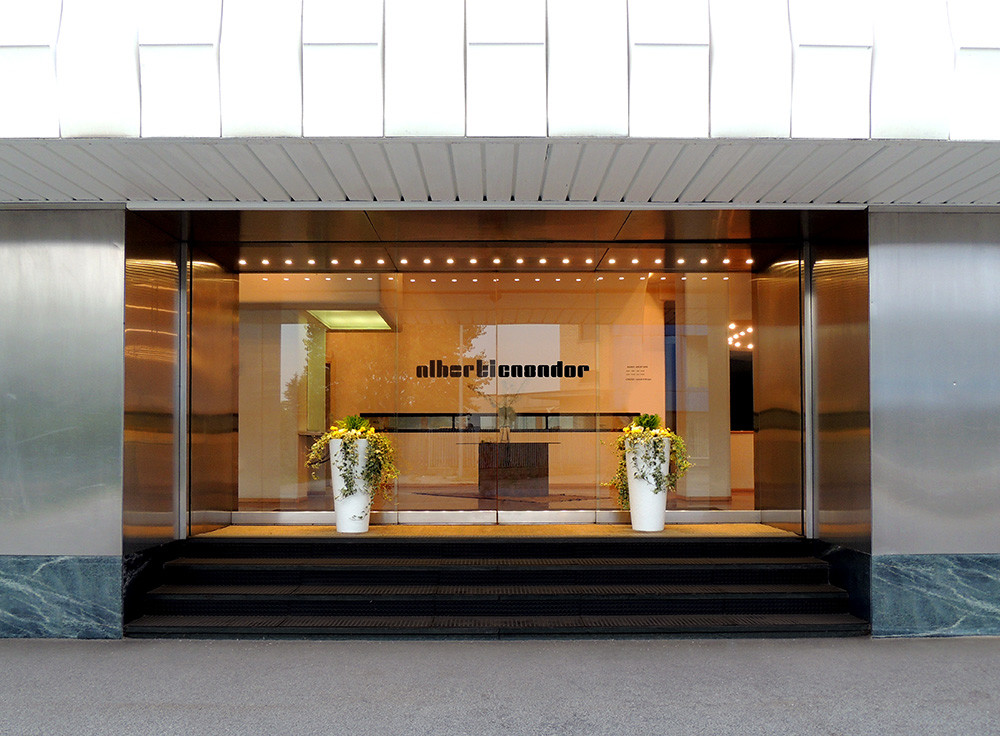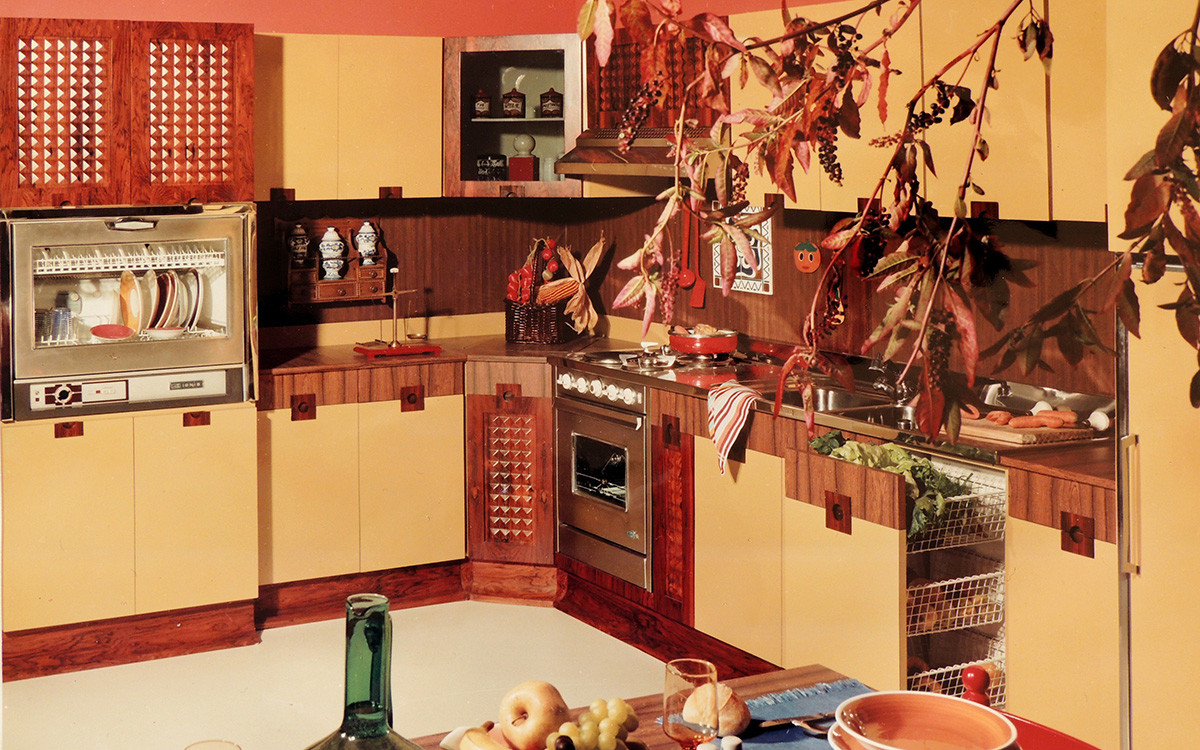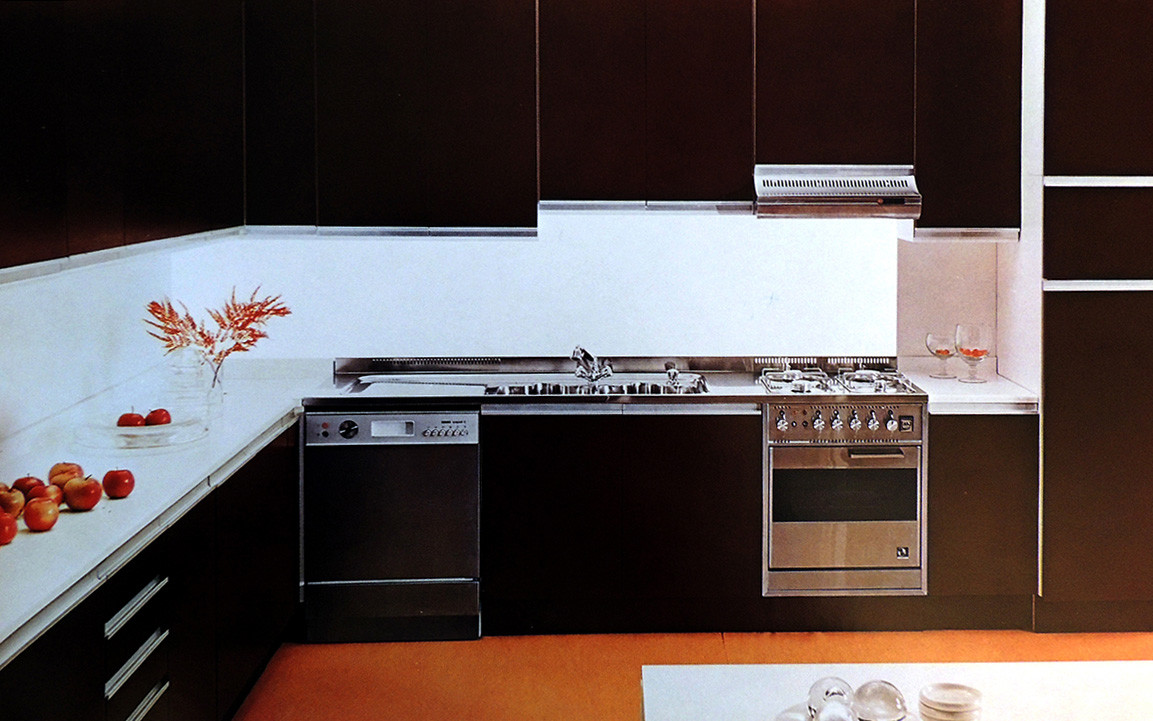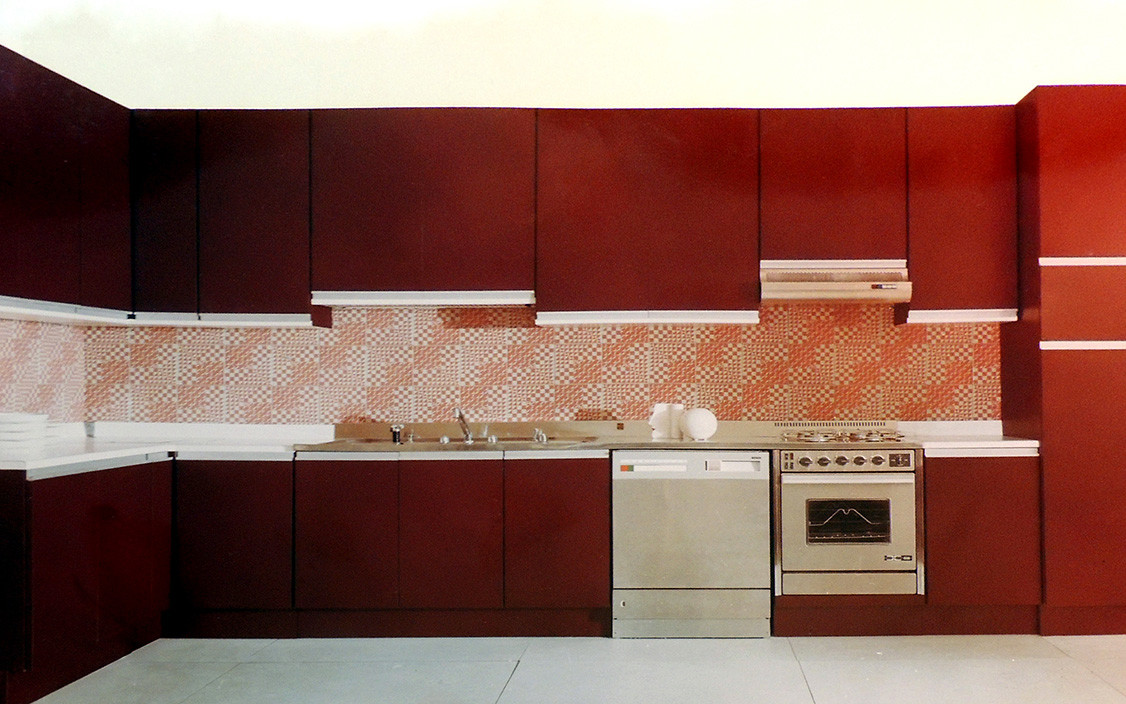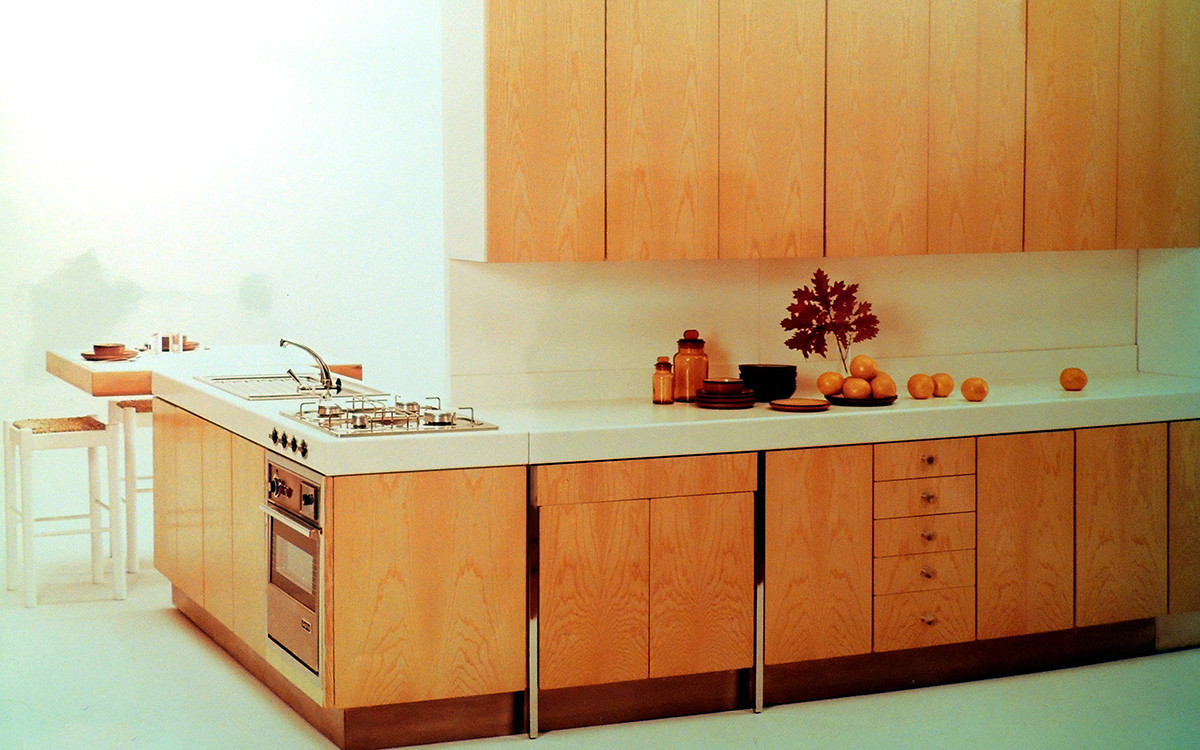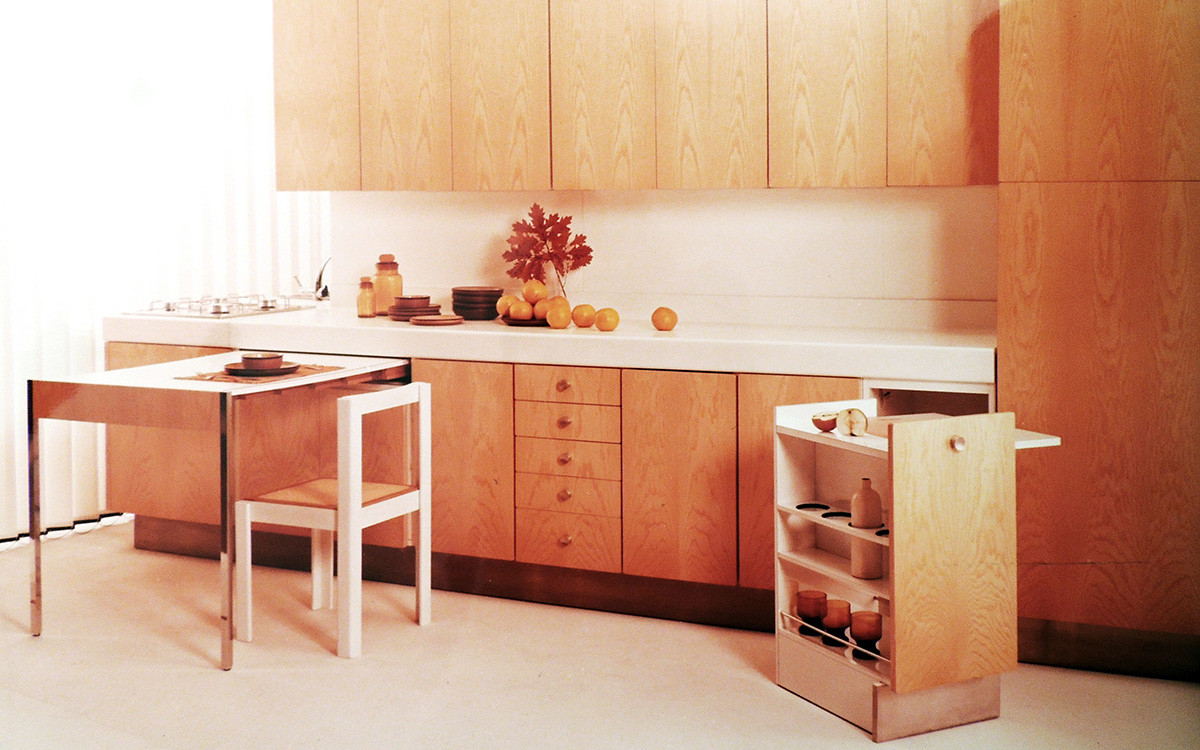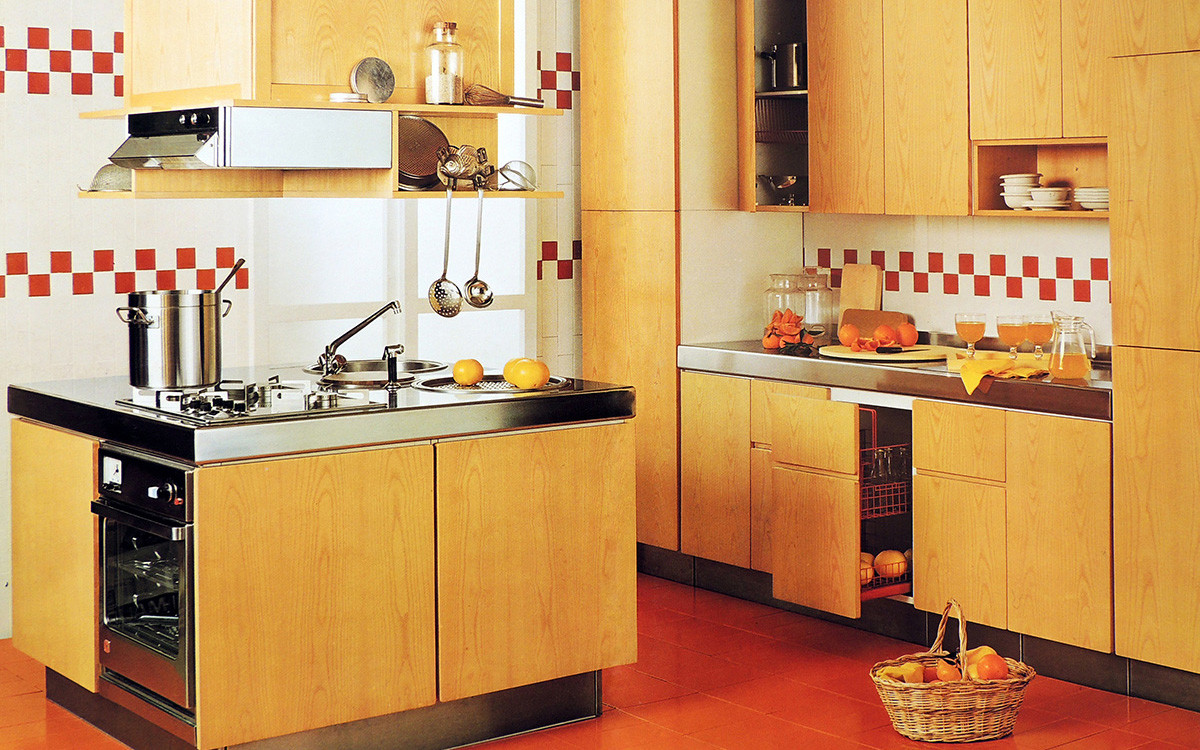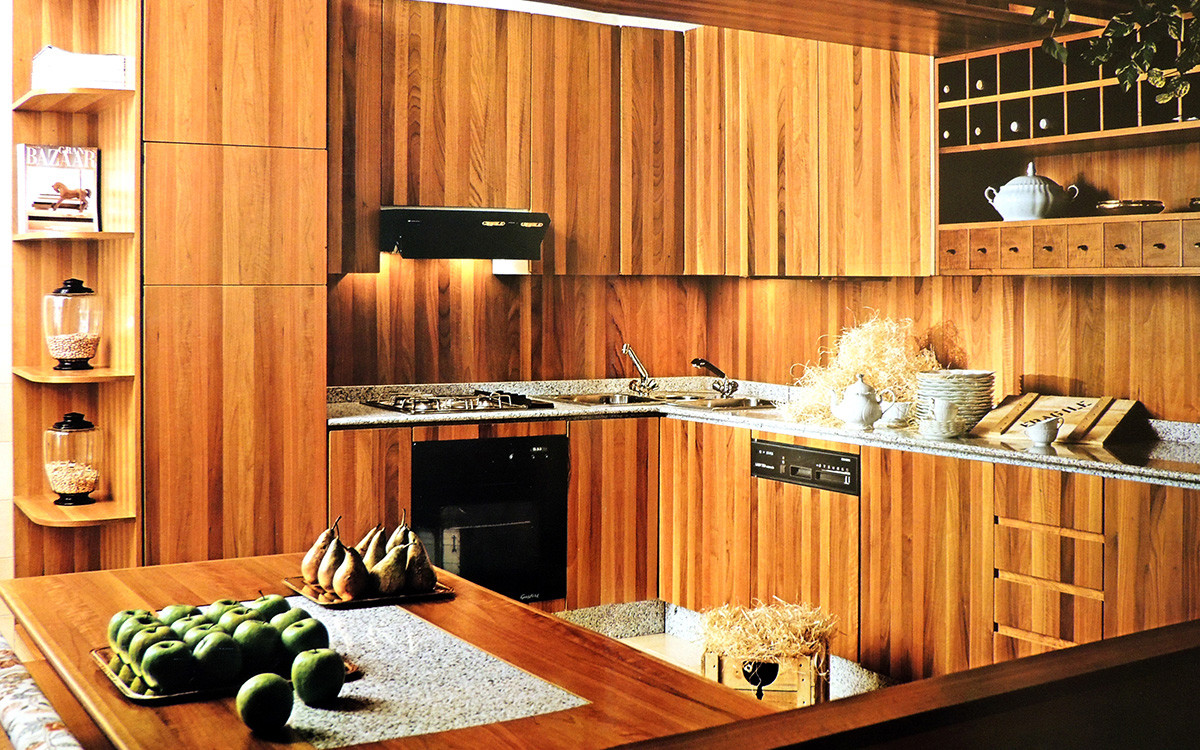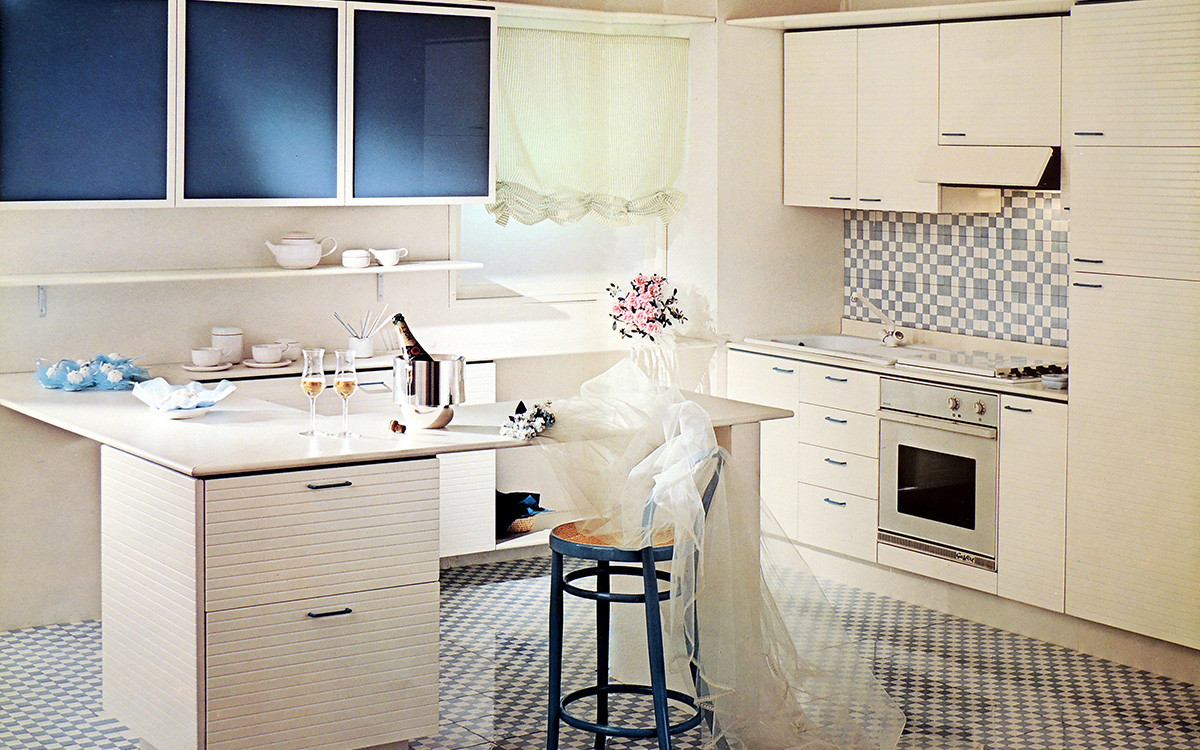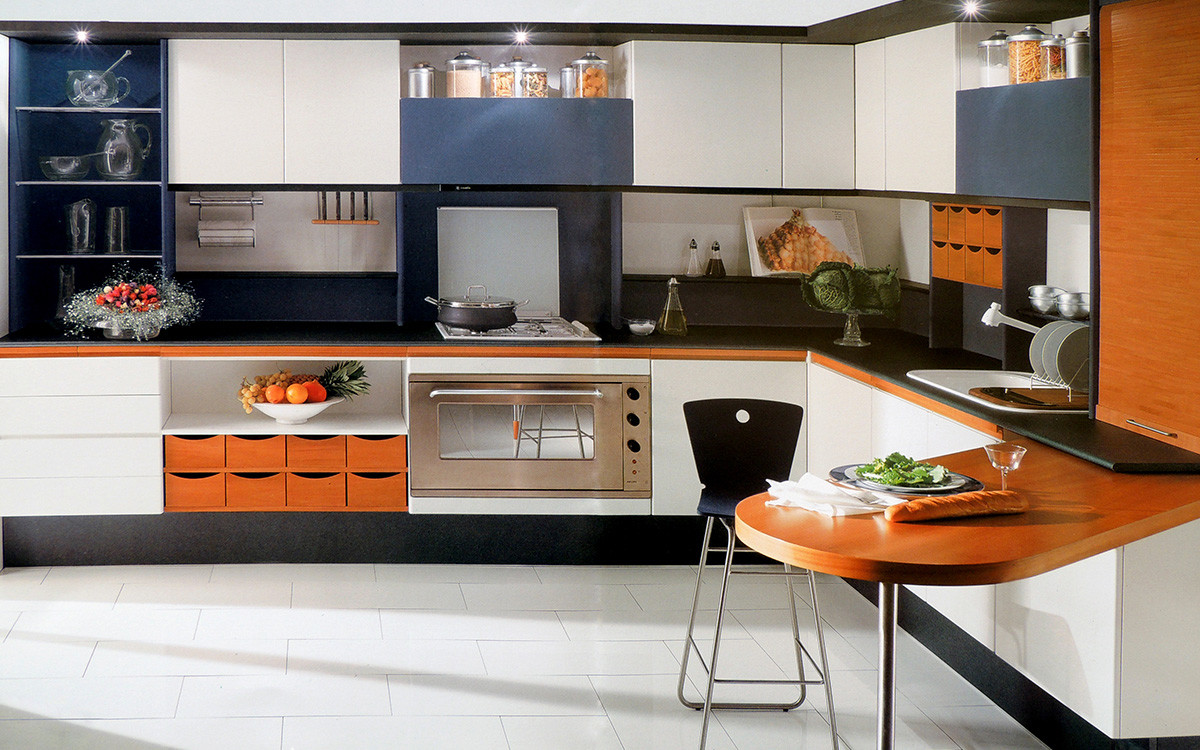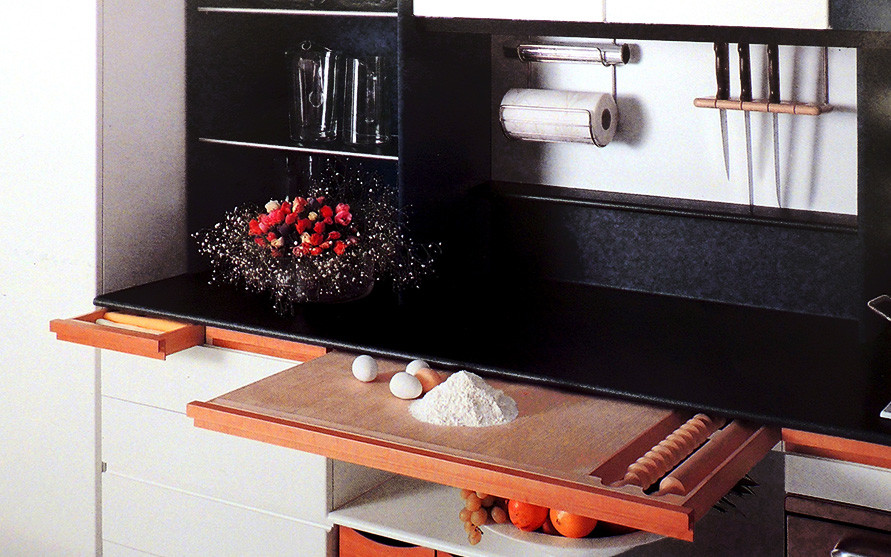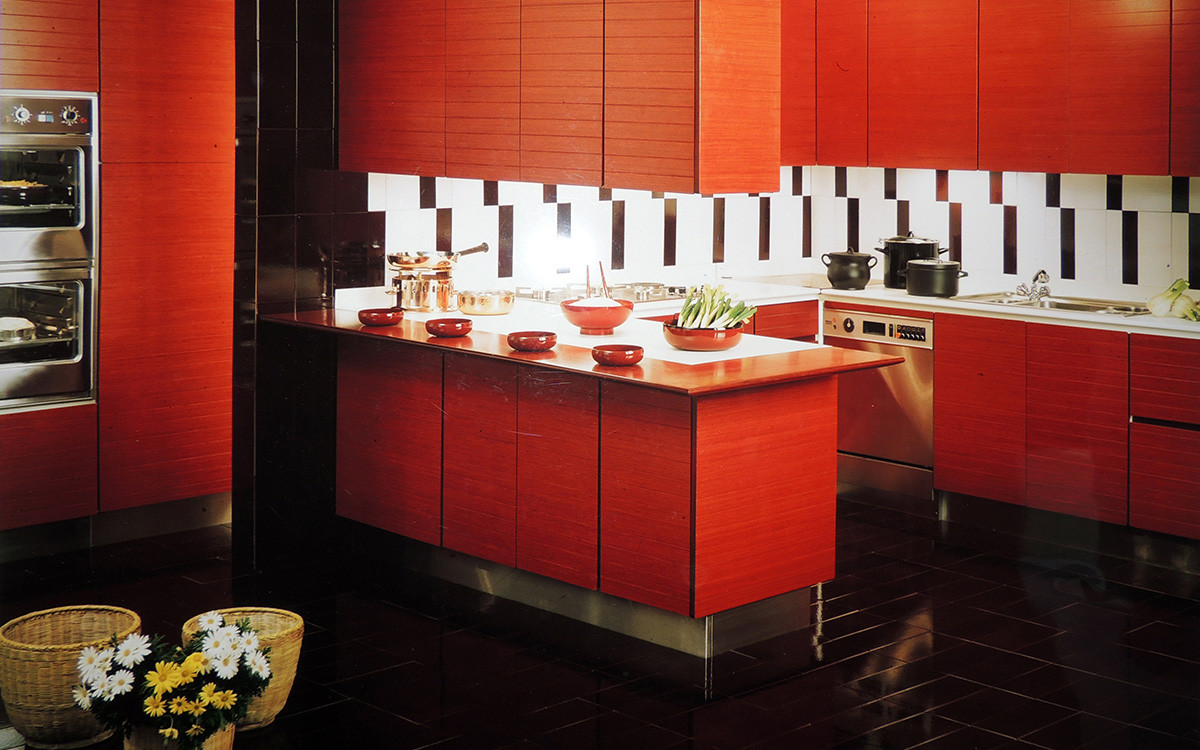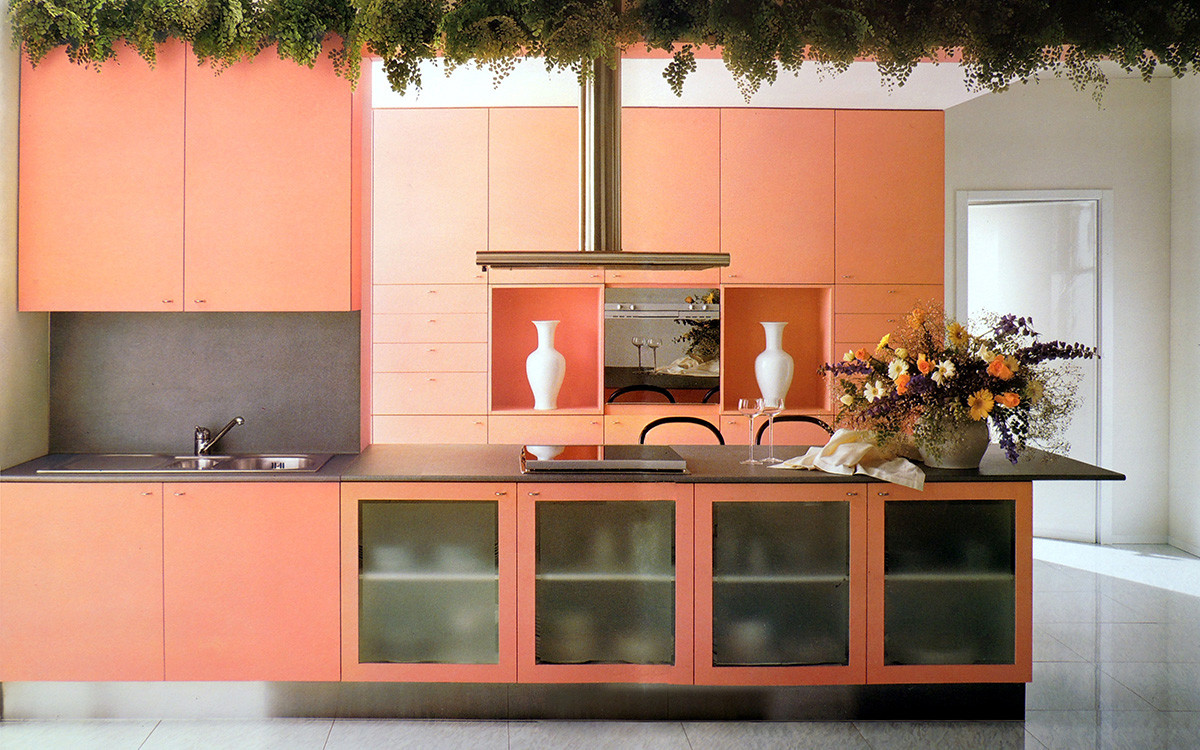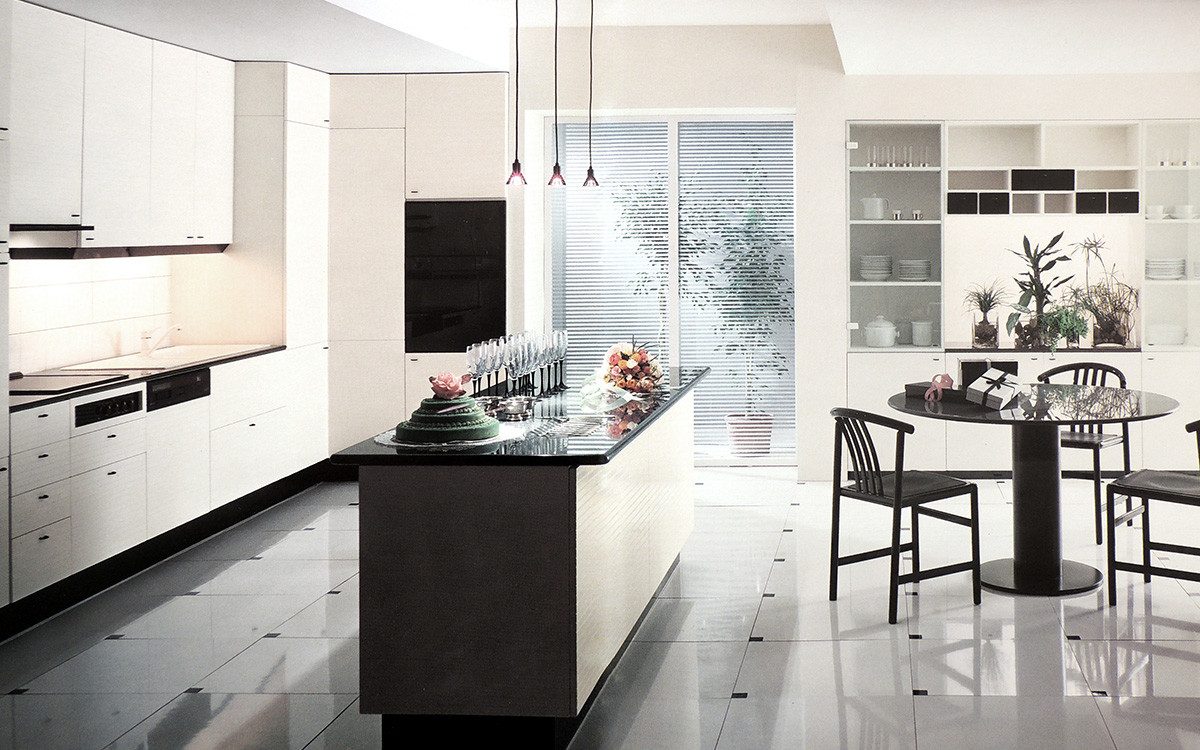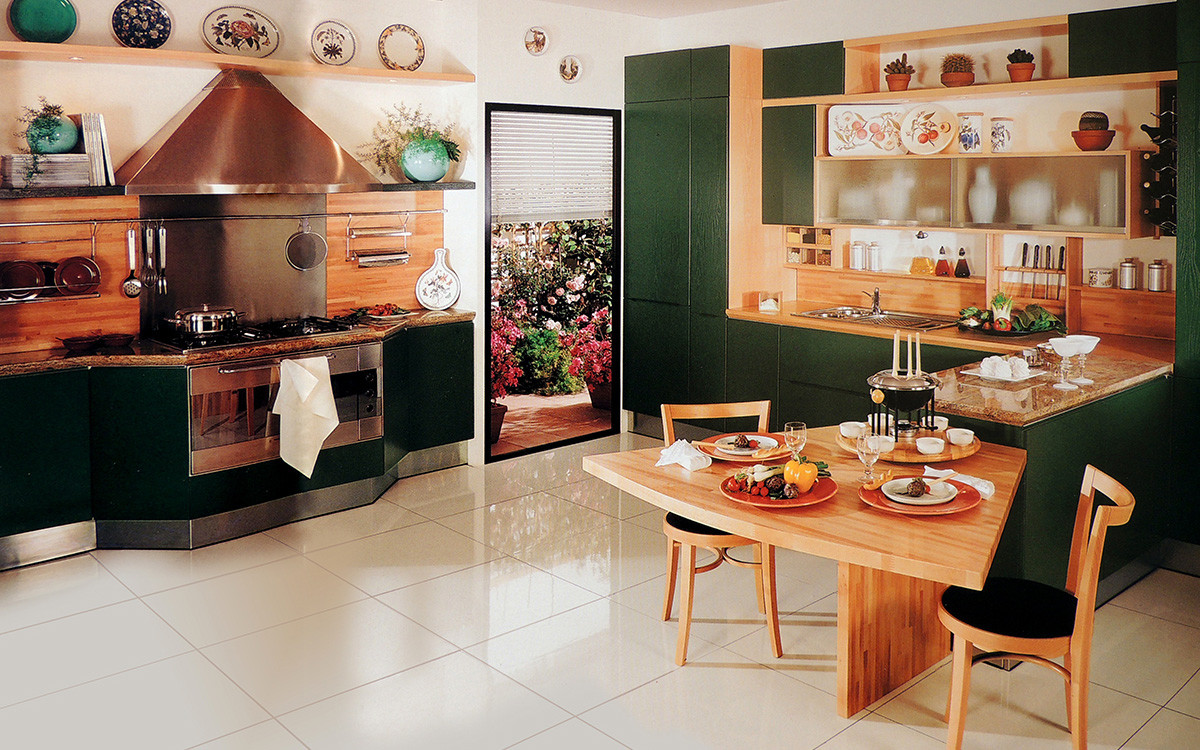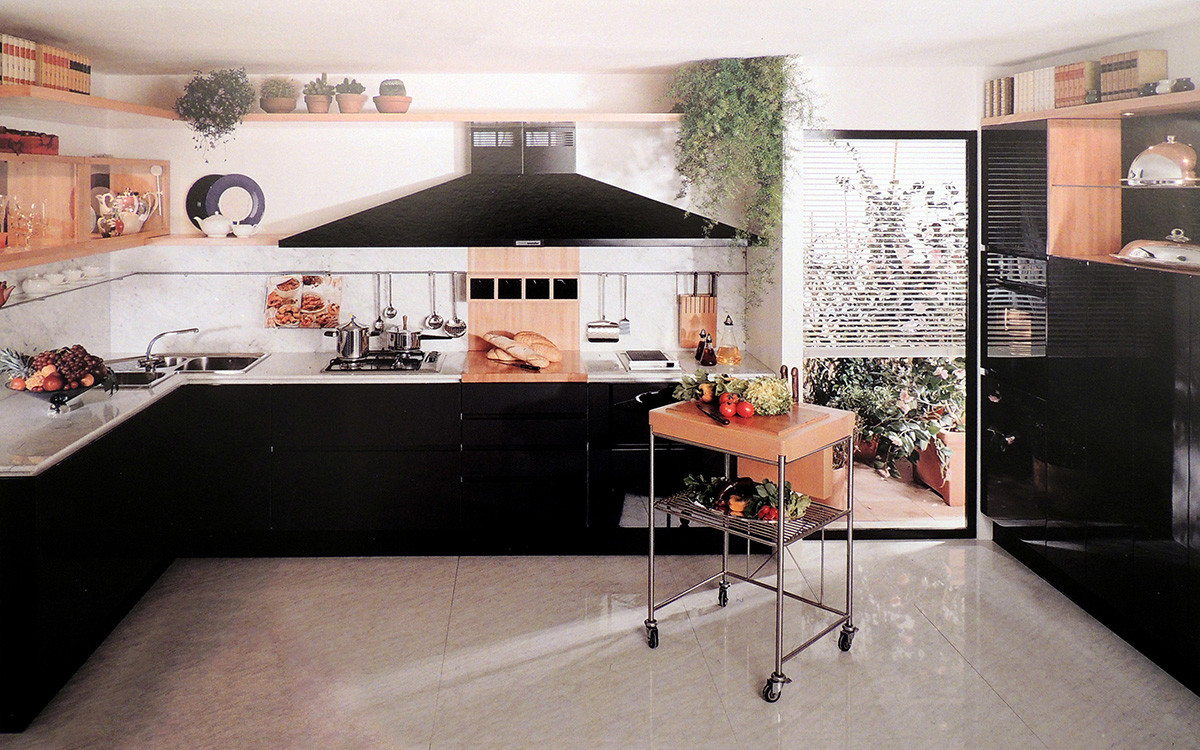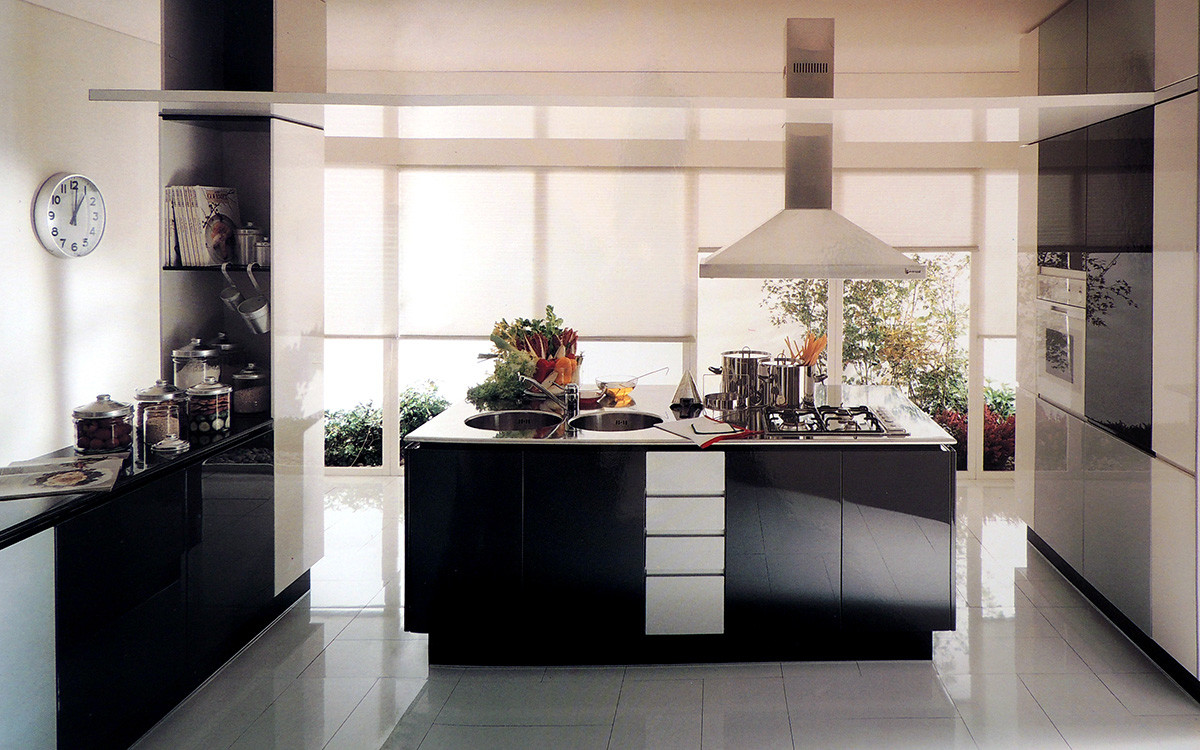Our History
With the name Alberti Ca D’or was born in 1953, the brainchild of Carlo Alberti and Teodoro, the company an artisan.
The workshop initially produced living rooms in the laboratory of Bovisio. Subsequently the development of production in the field of custom-made furniture extends to all areas of the home.
In 1966 he changed the name to Alberti Casador and in 1969 he decided to specialize in the field of kitchen furniture.
From Bovisio Alberti Casador become an industrial company in 1978 and moved to a new plant in Limbiate with an extension of the exhibition.
The company offers a policy to offer a customized product, characterized by meticulous finishing and machining highly qualified.
